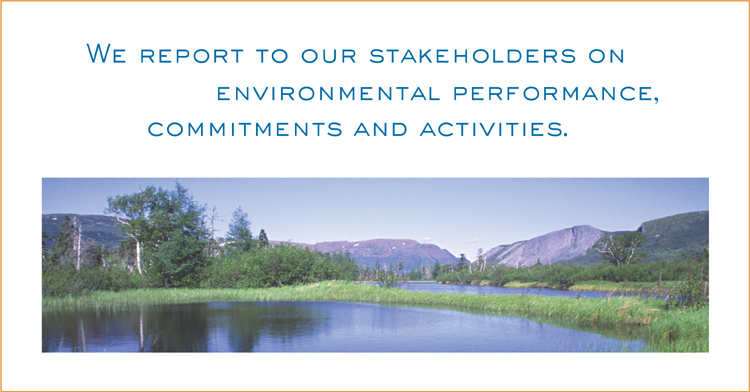

In 2000, Hydro implemented an Environmental Site Assessment (ESA) program for
all properties it owns or operates. The process followed is illustrated in
Figure 6.
The objectives of the ESA program are to:
-
evaluate the potential for environmental contamination;
-
undertake sampling to characterize and delineate any contamination;
-
assess the potential risks and liabilities associated with any contamination
identified;
-
identify sites requiring monitoring or remediation; and
-
develop and implement remediation programs when necessary.
Since the inception of the ESA program in 2000, the sites of all rural isolated
generating stations have been assessed at least to a Phase I level. These are
the sites with the highest environmental risk based on the throughput of
potential contaminants. The program will now focus on facilities with less
hydrocarbon storage capacity, and therefore, potential risk such as terminal
stations, material storage yards and line depots.
In 2005, throughout Hydro’s system, 11 Phase I ESAs were completed; 9 Phase II
ESAs, complete with Risk-Based Corrective Action (RBCA); and 10 RBCA were
undertaken based on Phase II ESAs completed during previous years. This
included ESA work undertaken at CF(L)Co.

Table 3 shows the ESA work that was accomplished in 2005 and future plans, if
any, for the site.
|
